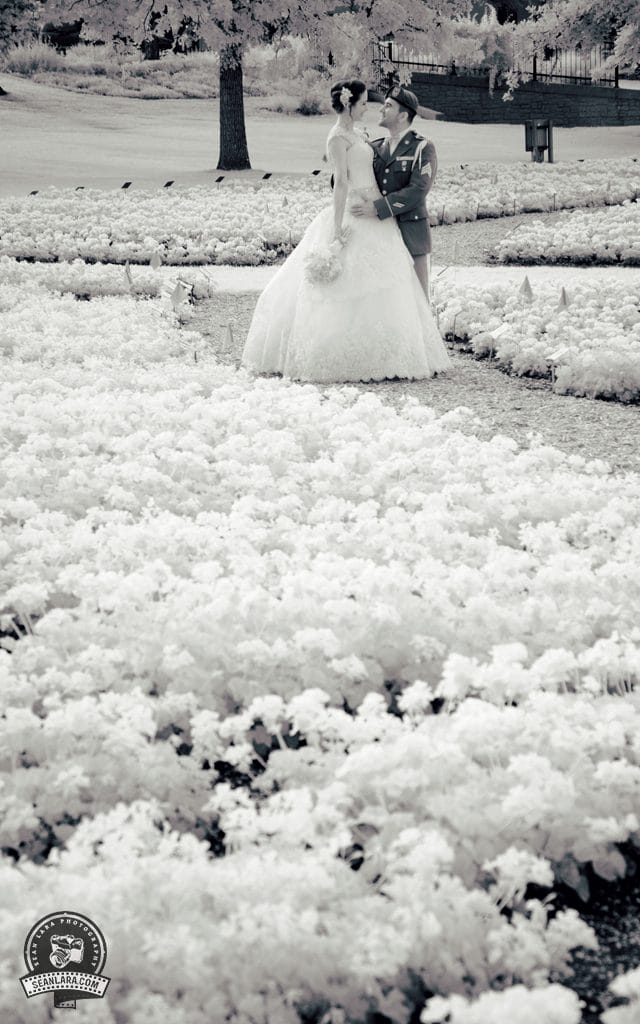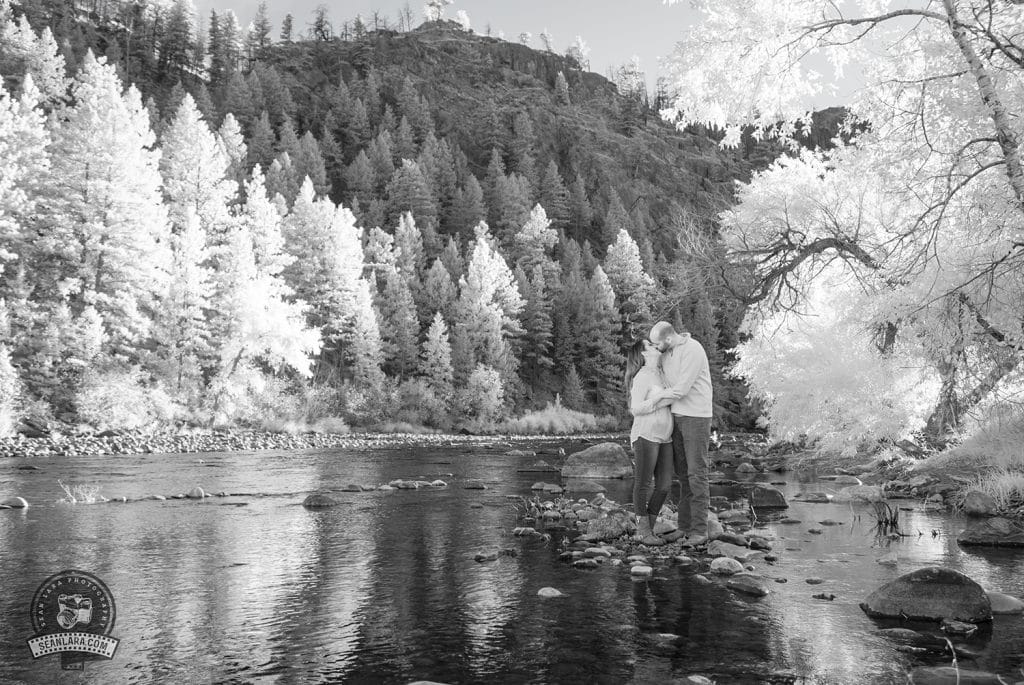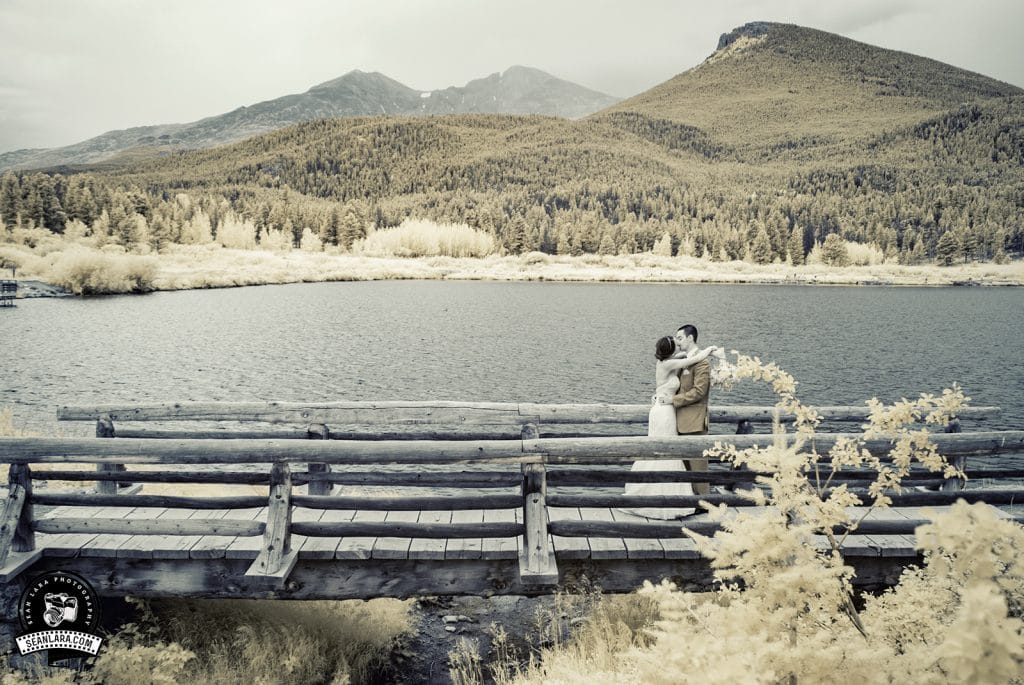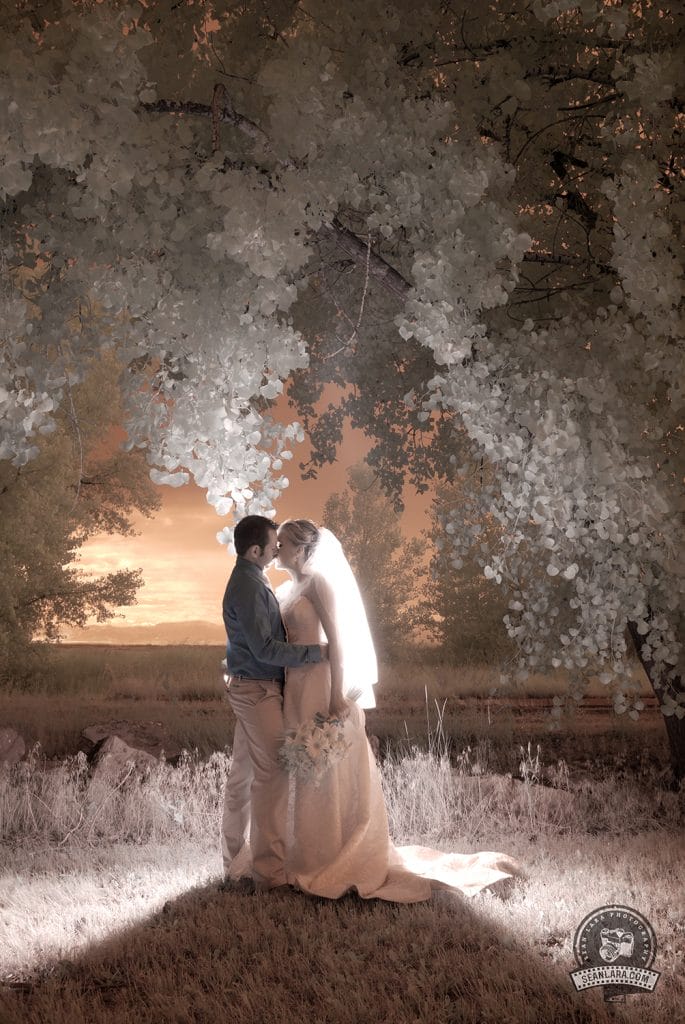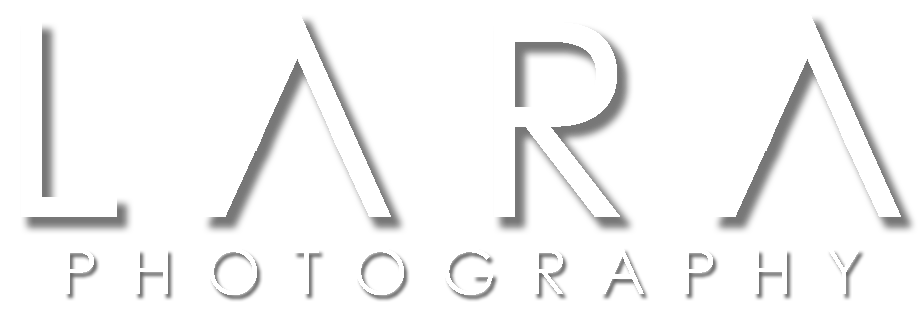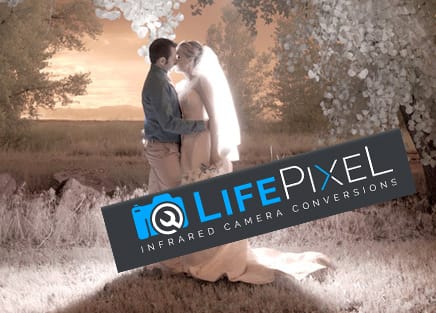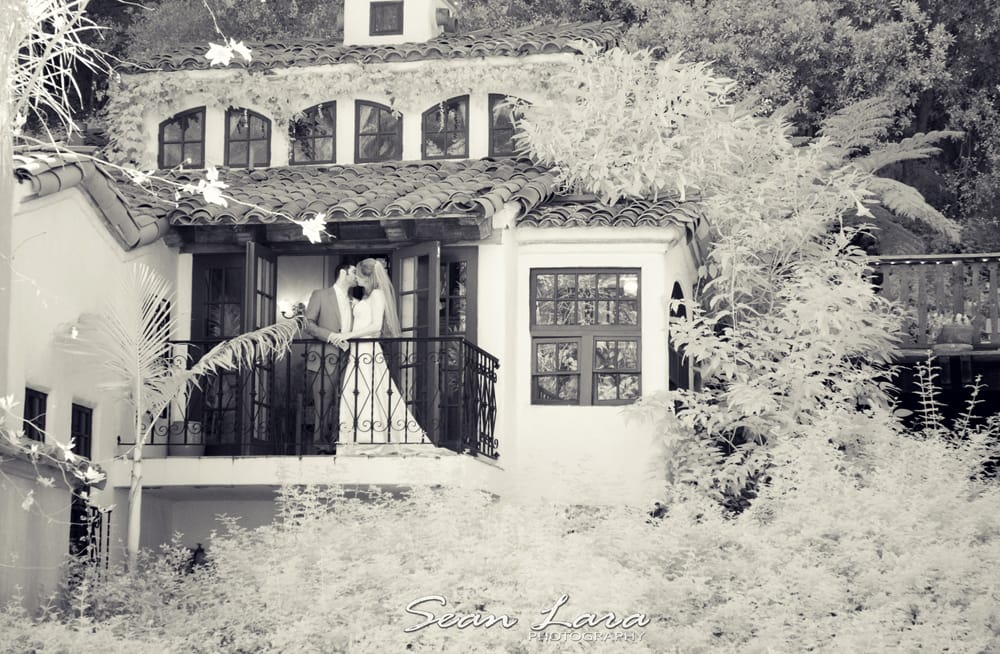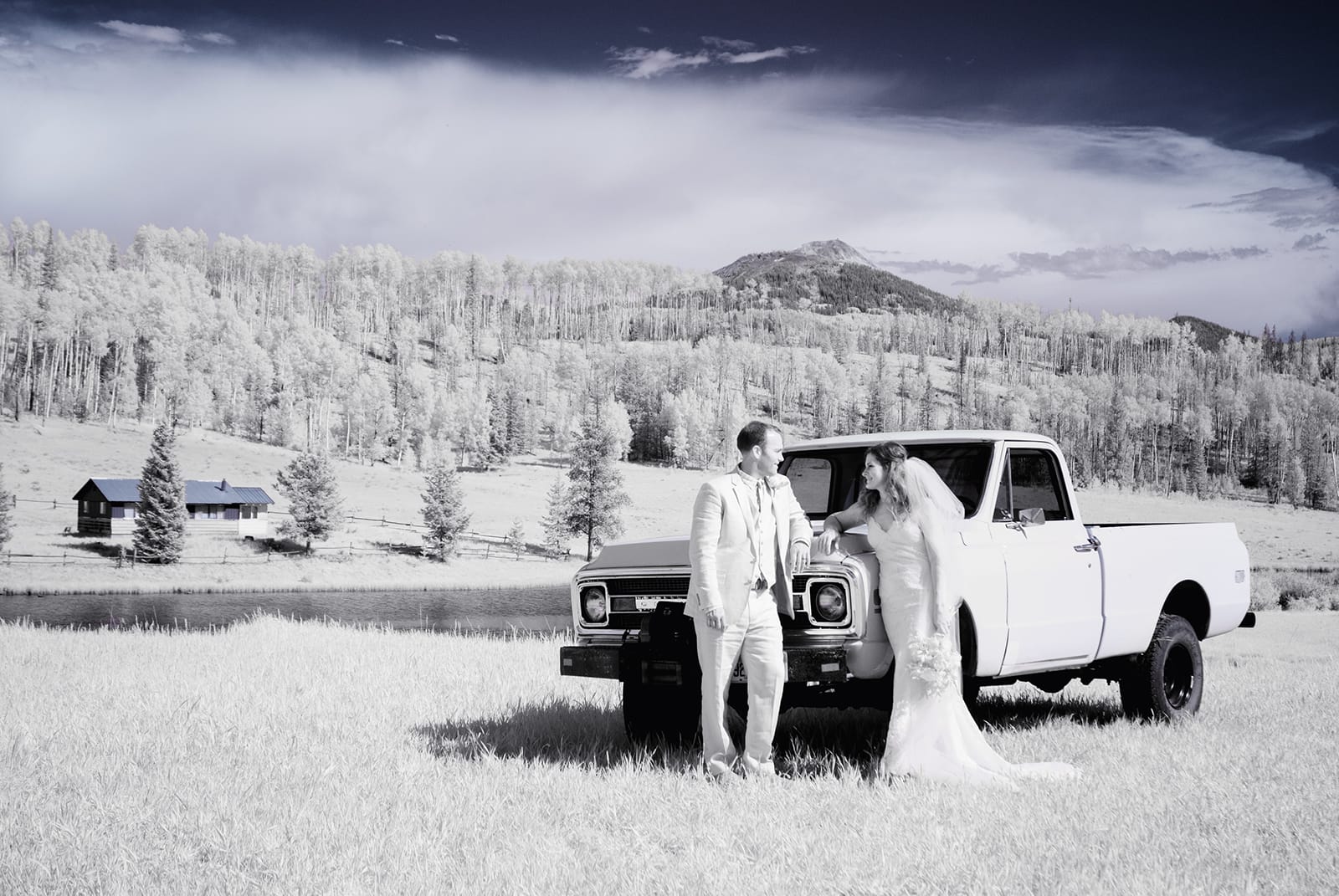
What is Infrared Photography?
Before the days of digital, we used this now-unfamiliar thing called film to capture and expose images. There were many size and styles of film to help us achieve a desired look or portray a certain mood to an image. One option that was available to film photographers was infrared – film that allowed infrared light to pass through and expose an image. It had many uses from forensic photography, to mapping vegetation growth, to astro photography and beyond. Today in our digital world, we still have the ability to shoot infrared with the modification of a camera’s sensor. All cameras have an infrared “blocking filter” which removes the majority of infrared light from reaching the camera’s sensor, but by removing this filter and replacing it with an infrared “passing filter”, you now have a digital camera that opens up the world to beautiful infrared photography.
So why shoot infrared – what’s special about it? As previously mentioned, it has a wide variety of applications but in the case of portrait photography, it opens up a whole new light spectrum and creates absolutely stunning, unique images.
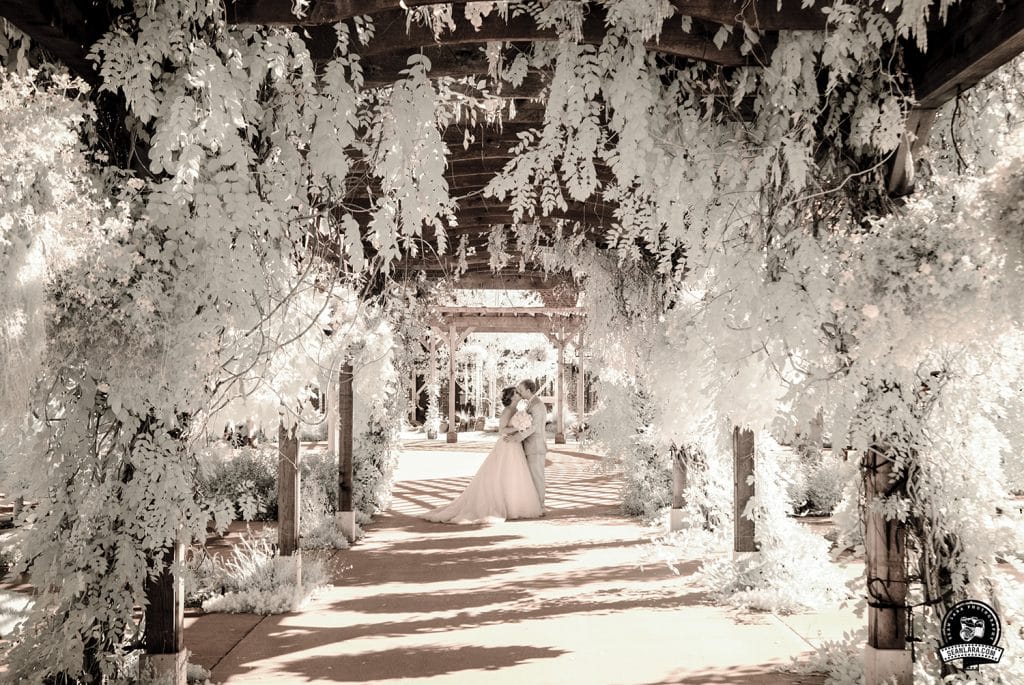
Infrared Wedding Photography
I get asked often what the difference between infrared and black & white is. From a technical standpoint, the simple answer is – infrared is the photography of only capturing the infrared spectrum of light, where black and white is just a monochrome image (or the absence of color). I like to tell my clients that infrared photography is a unique and exciting twist to traditional black & white images. Instead of trying to figure out for yourself what the differences are, look at this scene to see for yourself:
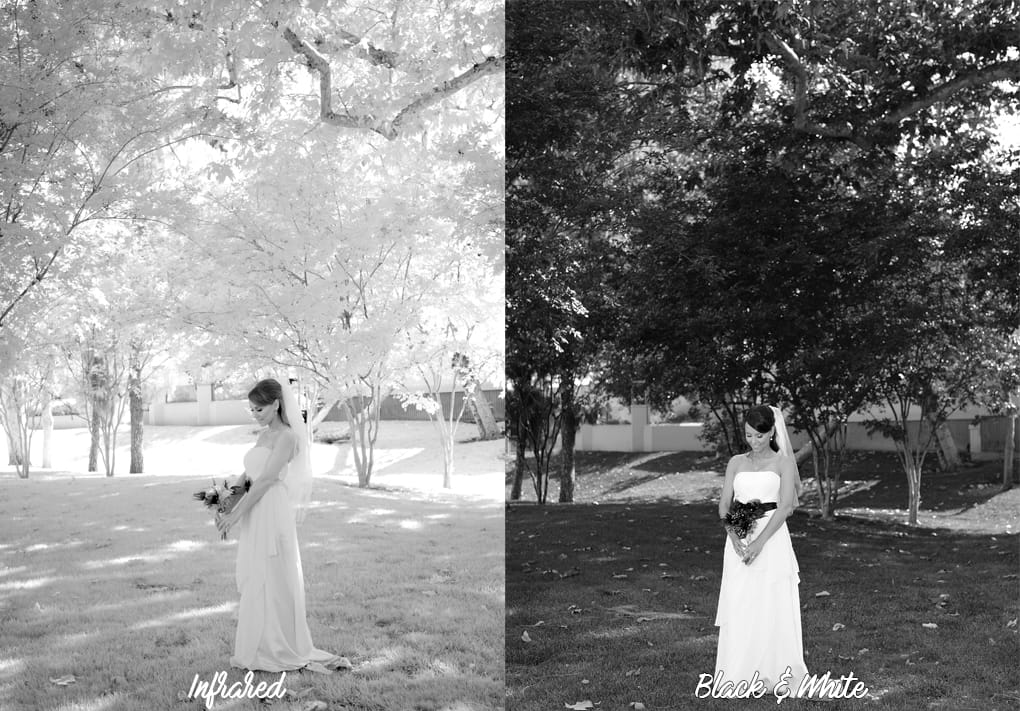
As you can see, what really makes infrared shine is it’s ability to portray foliage in a new way. Because the grass and leaves are reflecting infrared light, you’re left with a dreamy, magical feel to the photograph. Many comment that it looks like snow when the image was in fact taken in the middle of summer.
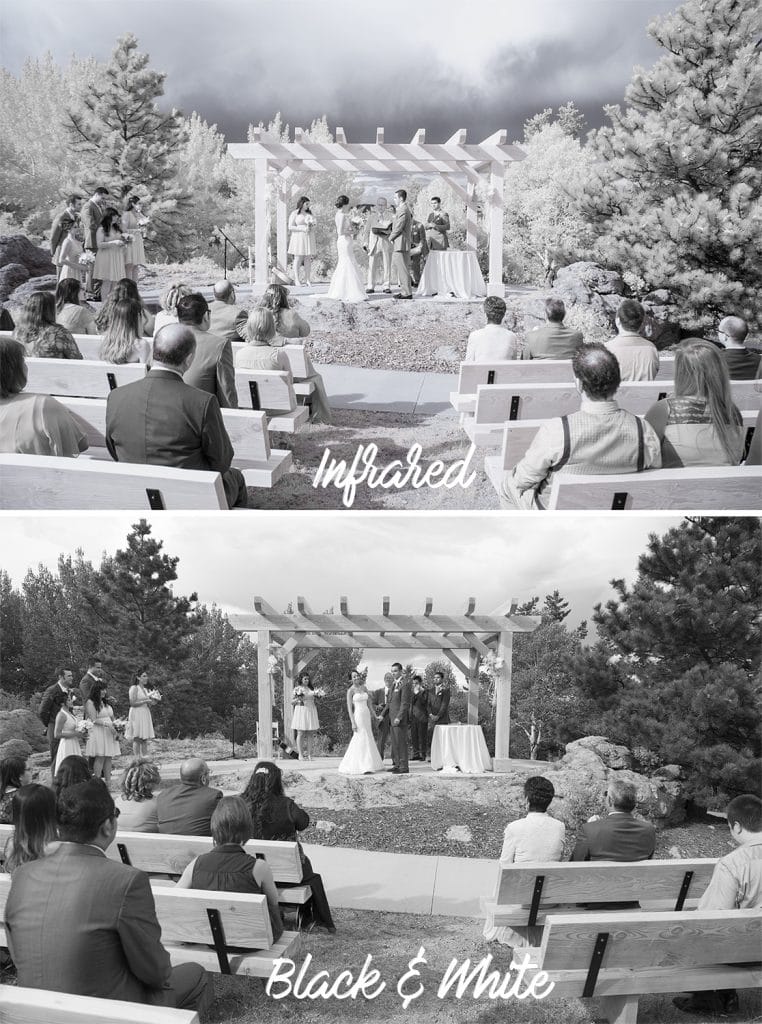
Here’s another infrared/b&w comparison. Immediately we notice that the foliage from the aspens and evergreens in the background are a bright white as opposed to a flat black such as in most black & white images. Additionally, there is more contrast and dark tones in the sky creating a compelling and dramatic image. In this case, you can also see hues of blue which is the result of the “enhanced color infrared” passing filter in my camera’s sensor.
I incorporate infrared wedding photography as an included feature in all my wedding packages. While I don’t take the majority of my photos using this style, it’s something I throw in throughout the day and I’m always looking for scenes that are conductive to producing amazing images. What I typically look for are areas with vast foliage and dramatic skies. Unfortunately in the case of artistic photojournalism, infrared does not have a place for indoor weddings due to the lack of foliage and naturally occurring infrared light. To see more examples, please feel free to look at my infrared wedding portfolio.
